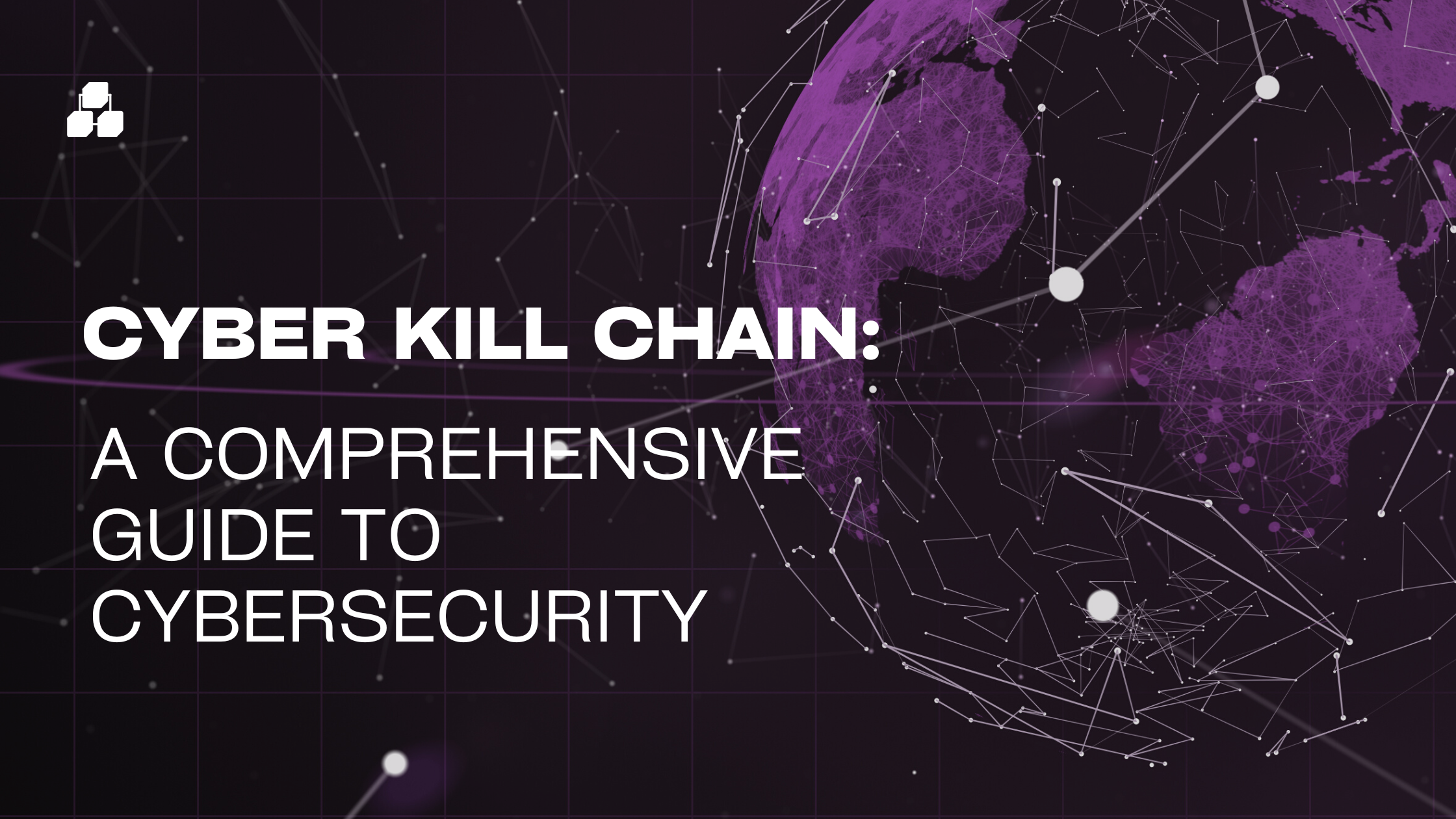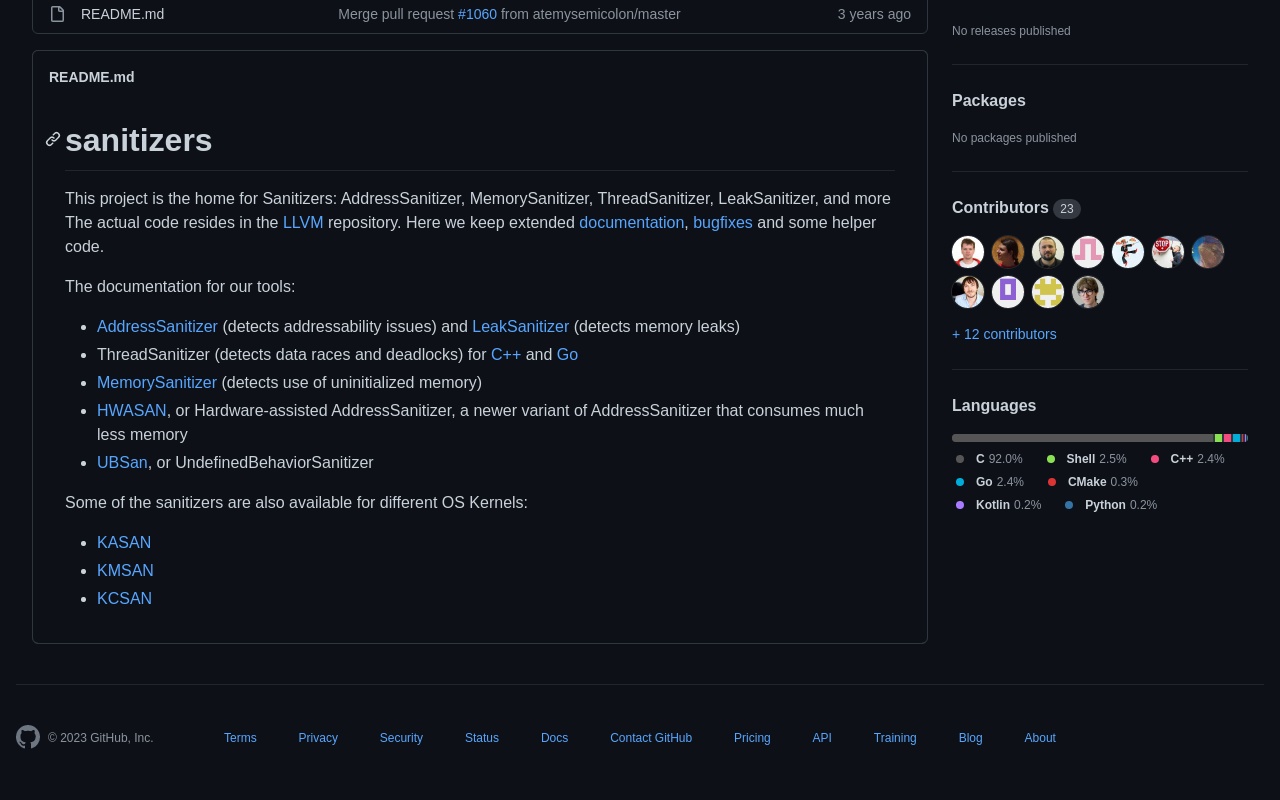In today’s interconnected digital world, cyberattacks have become an ever-present threat to individuals, businesses, and governments. To defend against these threats effectively, cybersecurity experts have developed various frameworks and models to understand and combat the various stages of a cyberattack. One such model is the Cyber Kill Chain, a concept introduced by Lockheed Martin in 2011. This article aims to provide a comprehensive guide to the Cyber Kill Chain, its stages, and its importance in modern cybersecurity.
What is the Cyber Kill Chain?
The Cyber Kill Chain is a strategic framework that outlines the stages of a cyberattack, from the initial planning and reconnaissance to the final objective the attacker achieves. This concept borrows its name and inspiration from military terminology, where a “kill chain” refers to the sequence of events leading to the destruction of a target. In the context of cybersecurity, the goal is to understand and disrupt each stage of an attack before it reaches its final objective, thus “killing” the attack chain.
The Seven Stages of the Cyber Kill Chain
- Reconnaissance: The first stage involves the attacker gathering information about the target, such as identifying potential vulnerabilities, network configurations, and potential entry points. This phase is crucial for planning a successful attack.
- Weaponization: During this stage, attackers create or acquire malicious software, tools, or payloads designed to exploit vulnerabilities identified during reconnaissance. These weaponized payloads are often tailored to specific targets or vulnerabilities.
- Delivery: In the delivery phase, attackers deliver the weaponized payload to the target. This can be done through various means, including email attachments, infected websites, or network exploits.
- Exploitation: Once the malicious payload is delivered and activated, attackers exploit vulnerabilities in the target system or software to gain unauthorized access.
- Installation: After exploitation, the attacker installs their malware or malicious code on the compromised system, establishing a persistent presence within the target environment.
- Command and Control (C2): In this stage, the attacker sets up a remote communication channel with the compromised system. This allows them to control the compromised system, issue commands, and gather information.
- Execution: The final stage involves the attacker achieving their ultimate objective, which can vary widely depending on their goals. Objectives may include data theft, data manipulation, privilege escalation, system disruption, or further compromise of the target environment.
Mitigating Cyber Threats Using the Cyber Kill Chain
To effectively mitigate cyber threats, organizations can employ a range of cybersecurity measures at each stage of the Cyber Kill Chain:
- Reconnaissance: Implement strong access controls, conduct regular security audits, and educate employees about the risks of sharing sensitive information.
- Weaponization: Employ robust antivirus and anti-malware solutions to detect and quarantine malicious payloads.
- Delivery: Utilize email filtering and web security tools to block malicious content and links.
- Exploitation: Keep software and systems up-to-date with security patches and employ intrusion detection systems.
- Installation: Use endpoint security solutions to detect and remove installed malware.
- Command and Control: Monitor network traffic for suspicious activities and employ threat-hunting techniques.
- Execution: Continuously monitor systems and networks for signs of compromise, and have an incident response plan in place.
THe Final Note:
The Cyber Kill Chain is a valuable framework for understanding the stages of a cyberattack and developing effective cybersecurity strategies. By recognizing and disrupting attacks at an early stage, organizations can significantly enhance their resilience to cyber threats and protect their valuable assets and data. In an era where cyber threats continue to evolve, the Cyber Kill Chain remains a vital tool in the defender’s arsenal, helping to secure the digital world we rely on daily.





Leave a Reply